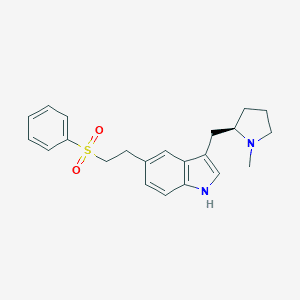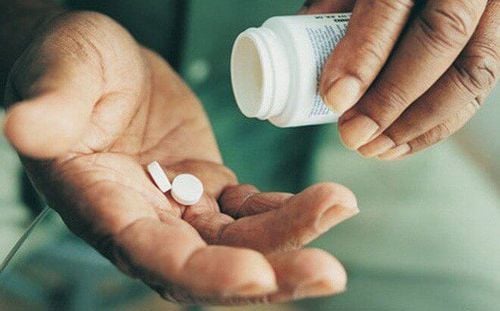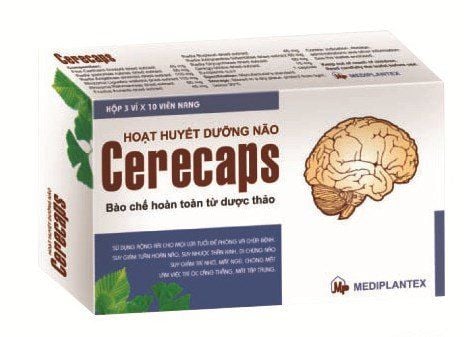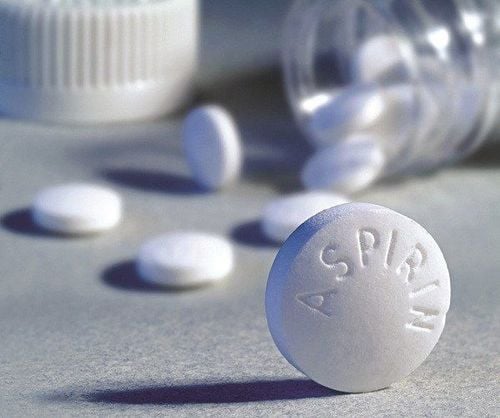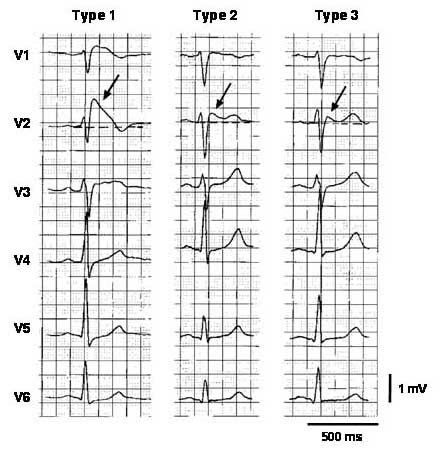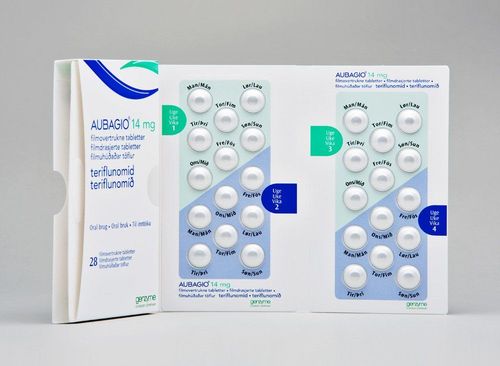This is an automatically translated article.
In Vietnam and around the world, stroke is always considered one of the leading causes of death. This is considered an emergency situation that requires prompt diagnosis and treatment. Anyone can have a stroke, both the elderly and the young. So is stroke hereditary? Let's learn the risk factors and how to control it.
1. What is a stroke? Is stroke hereditary? A stroke (cerebrovascular accident) is a condition that occurs when a blood vessel bursts or is blocked, causing part of the brain not to receive enough oxygen.
The clinical symptoms of stroke are quite variable, depending on the location of the affected blood vessel. Common signs of stroke include:
Severe headache at night, acute or chronic; Dizziness, tinnitus; The patient suddenly falls over, loses balance; Numbness or weakness in the face, weakness in the half of the body; Blurred vision, unclear in one or both eyes; Declining consciousness; Difficulty speaking, slurred speech or not speaking at all; Possible severe coma. The progression of the disease depends on the extent of brain damage. This is a condition that requires a quick medical emergency because up to 15% of patients die after a stroke, 10% have to live with lifelong paralysis and disability, 40% have mild sequelae that are difficult to recover such as: Weak limbs, slurred speech, distorted mouth, memory loss... Therefore, it is necessary to adhere to the golden time to bring stroke patients to emergency facilities for active treatment and most effective resuscitation.

Giải đáp đột quỵ có di truyền không?
2. Stroke in young people An estimated 200,000 Vietnamese people have a stroke each year. On average, 1 out of 6 people is at risk of having a stroke. Stroke occurs most often in people over the age of 50, most often in the cold season (when barometric pressure changes suddenly), and in people with high risk factors such as: high blood pressure, diabetes, increased blood pressure. blood lipids, cardiovascular disease, smoking, alcoholism, AIDs...
In recent years, the rate of stroke in young people is increasing, accounting for 10-15%. The cause is usually due to complications of cerebral vascular occlusion from blood clots formed in heart diseases (valvular heart disease, atrial fibrillation, mitral stenosis,...) or cerebral vascular malformations.
In addition, a family history of stroke is also a risk factor to watch out for. Family members who share many genes, have the same lifestyle and are in the same environment have the same risk of disease. The risk of stroke may be higher in some families than in others, but it is not an inherited condition.

Cách để phòng ngừa đột quỵ tốt nhất là phát hiện sớm và điều trị triệt để các bệnh cao huyết áp
3. Prevention The best way to prevent stroke is early detection and thorough treatment of high blood pressure, hyperlipidemia, atherosclerosis, and rheumatic heart disease. It is necessary to avoid factors that can facilitate the occurrence of stroke such as: psychological stress, stress, excessive anger, excessive exertion, excessive alcohol consumption, sudden cold...
People with high blood pressure If you see symptoms such as severe headache, dizziness, tinnitus, numbness in the limbs, etc., you need to go to the hospital immediately for timely treatment.
Risk factors often interact to lead to stroke and fall into two categories: modifiable and non-modifiable. In addition to the risk factors that cannot be changed such as: age, sex, genetics, history of stroke, etc., patients can find ways to modify the remaining factors such as: background disease, lifestyle. and nutrition. This will help minimize the risk of getting sick.
Experts also recommend that people who have relatives who have had a stroke or suffer from indirect diseases related to stroke such as diabetes, atrial fibrillation, high blood pressure, etc., should have regular health checkups. , consider genetic screening for the possibility of these conditions. Proactive screening early will help each person adjust their lifestyle and reduce risk.
Magnetic resonance imaging - MRI/MRA - a "golden" tool for brain stroke screening. MRI is used to check the condition of most organs in the body, especially valuable in detailed imaging of the brain or spinal nerves. Due to the good resolution and contrast, MRI images allow to detect abnormalities hidden behind bone layers that are difficult to detect with other imaging methods. MRI can give more accurate results than X-ray techniques (except DSA angiography) in diagnosing brain diseases, cardiovascular diseases, strokes,... Moreover, the process MRI scans do not cause the side effects seen in X-rays or computed tomography (CT).
Vinmec International General Hospital currently owns a 3.0 Tesla MRI System, which is equipped with state-of-the-art equipment by GE Healthcare (USA) with high image quality, allowing a comprehensive assessment, without omitting the injury without leaving any damage. and reduce shooting time. Silent technology helps to reduce noise, create comfort and reduce stress for the client during the shooting process, resulting in better image quality and shorter imaging time. With the state-of-the-art MRI system With the application of modern methods of cerebral vascular intervention, a team of experienced and well-trained neurologists and imaging specialists, Vinmec is a prestigious address for stroke risk screening and screening. reliable goods.
Please dial HOTLINE for more information or register for an appointment HERE. Download MyVinmec app to make appointments faster and to manage your bookings easily.




